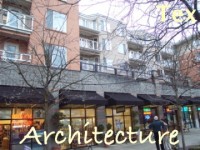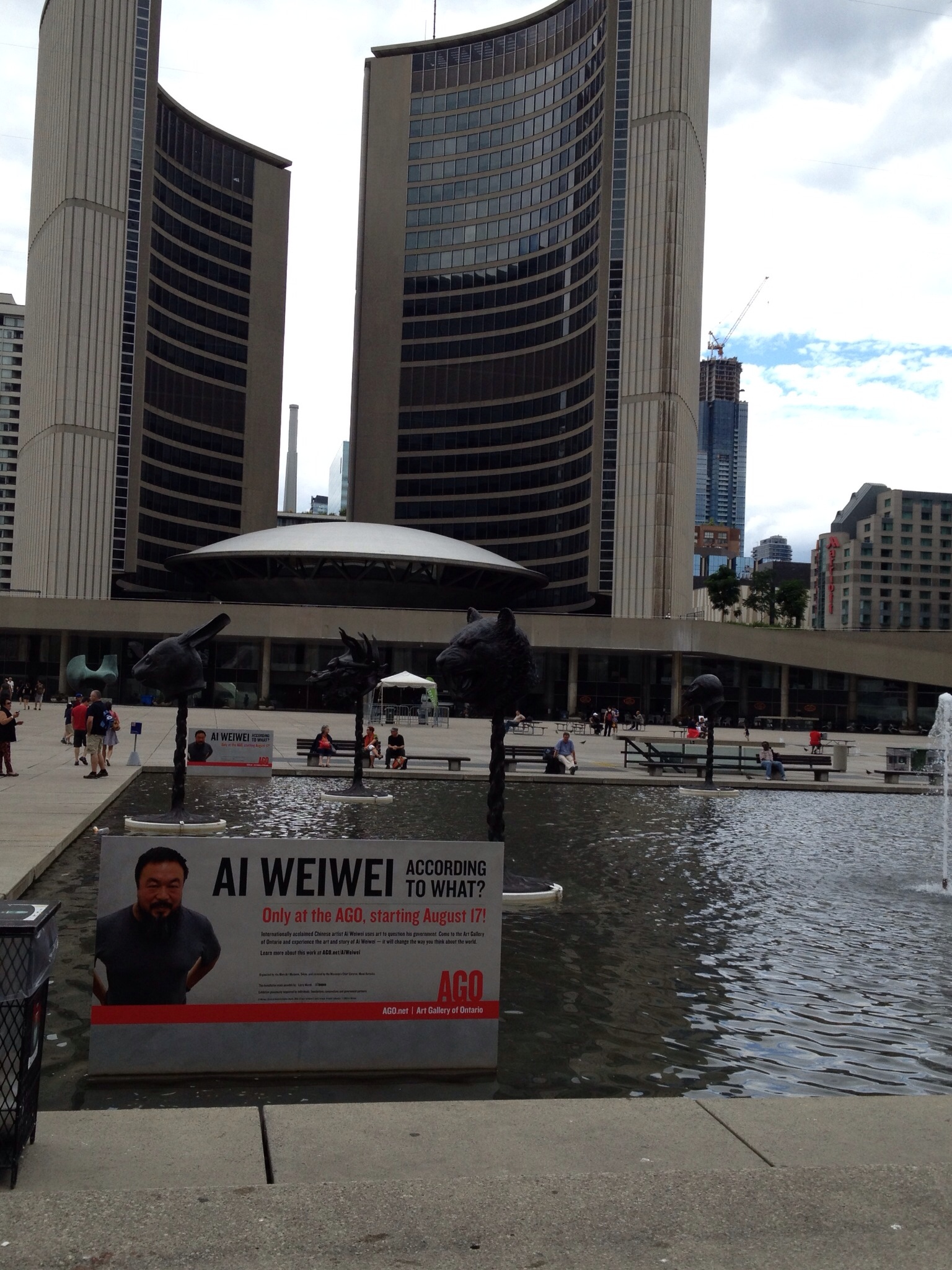The most striking thing to this visiting Atlantan is Toronto’s emphasis on the public realm. Miles of waterfront are lined with parks, paths, boardwalks and public buildings. Public art is everywhere you look. Street cars, pedestrians, cyclists, dogs and baby strollers populate the sidewalks. Plazas or small squares welcome one to the front door of buildings of public import, like City Hall, Ontario Parliament, the Rogers Center and CN Tower.
This emphasis on the public realm, which implies a high level of public investment and taxes, does not fight with Toronto’s place as Canada’s financial capital, home to Canada’s version of Wall Street and most major investment banks. Tall bank headquarter buildings–including one wrapped in gold glass–stand prominently throughout the downtown area. Nor does it restrain development of condo towers, with 57,000 new condo units currently under construction, mostly in high-rise buildings, including one tower aiming to claim the “tallest building in Canada” designation. Toronto welcomes 50 new residents every day. Apparently, Torontonians do not buy into the high-taxes = undesirable-to-business + undesirable-to-live equation.
Toronto’s recent emphasis is redevelopment of the Lake Ontario shoreline. “Harbourfront,” a 100 acre stretch along the water in the heart of Toronto, began in the 1970’s when the Crown (national government) gave Toronto railway land to re-design as public waterfront. After many plans and much controversy, 40 acres were retained as park space and walking trails while the other 60 acres were released to private developers for low-density, pedestrian-oriented development to help fund the project. Today Harbourfront is the civic heart of Toronto, a place for Torontonians to stroll and meet, and home to many festivals, art galleries and music events.





